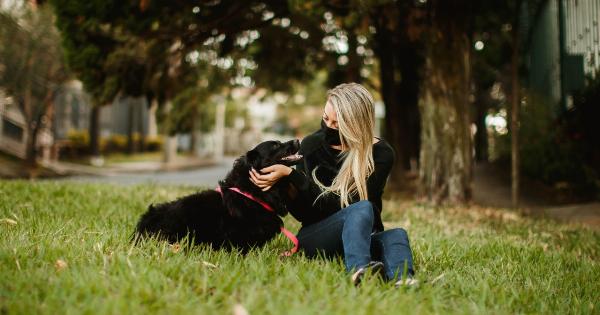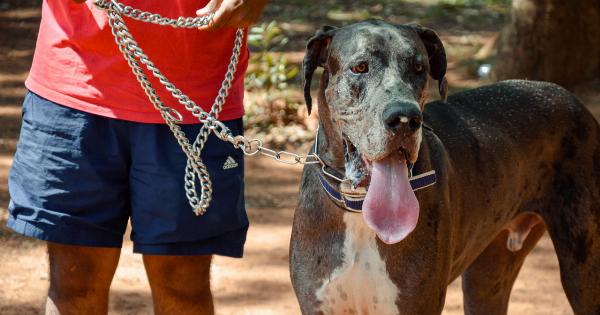Dogs are wonderful companions, but it’s important to keep them safe from potential dangers, including other dogs.
Interactions with unfamiliar dogs can sometimes be unpredictable, leading to potential physical harm or emotional distress for your furry friend. In this article, we will explore essential tips and precautions to ensure your dog’s safety when encountering other dogs.
1. Understanding your dog’s behavior
Just like humans, dogs have their unique personalities. Some are social butterflies, while others may be more reserved or even anxious in the presence of other dogs.
It is crucial to understand your dog’s behavior and body language to appropriately gauge their comfort level when interacting with unfamiliar dogs.
2. Properly socialize your dog
The key to having a well-adjusted and well-behaved dog around other dogs is to socialize them from an early age. Introduce your pup to different environments, people, and other dogs gradually.
This exposure helps them build confidence and learn appropriate play and socialization skills. Enrolling them in puppy classes or hiring a professional trainer can be immensely beneficial for this purpose.
3. Use a leash and collar
Whenever you take your dog outside, it’s essential to have them leashed and wearing a collar with identification tags.
Even if your dog is well-behaved, this precaution ensures that you have control over their movements and can prevent any unforeseen situations when encountering unfamiliar dogs.
4. Recognize signs of aggression or fear
Learning to recognize signs of aggression or fear in dogs is vital for maintaining your dog’s safety. Raised hackles, a stiff body posture, growling, bared teeth, or a tucked tail can indicate that a dog may be uncomfortable or ready to attack.
If you notice these signs, it’s best to create distance between the dogs to prevent any potential confrontation.
5. Avoid dog parks if necessary
While dog parks can be an excellent place for socialization, they may not be suitable for every dog. If your dog is easily overwhelmed, anxious, or reactive towards other dogs, it might be best to avoid dog parks altogether.
Instead, opt for more controlled playdates with well-behaved dogs in a secure and familiar environment.
6. Be cautious during greetings
When introducing your dog to another dog, take it slow and monitor their behavior closely. Allow them to approach each other gradually, keeping the leashes loose to avoid tension.
It’s a good idea to walk parallel to each other at first, ensuring that the dogs are comfortable before allowing direct interaction. Avoid face-to-face greetings, as this can be intimidating for some dogs.
7. Teach your dog a reliable recall
A reliable recall command is crucial for your dog’s safety in various situations, including encounters with other dogs. Ensuring that your dog comes running to you when called can help you prevent any potential conflicts or accidents.
Consistent positive reinforcement training can help you establish a strong recall command.
8. Use deterrent tools if necessary
In some cases, it may be necessary to use deterrent tools, such as dog repellent sprays or sonic devices, to deter aggressive dogs from approaching yours. However, these tools should only be used as a last resort and with caution.
Consult with a professional dog trainer or behaviorist before using such tools to ensure they are appropriate for your dog’s specific needs.
9. Stay calm and composed
Dogs can sense their owners’ emotions, and if you become anxious or stressed, your dog may also become anxious or reactive towards other dogs.
It’s essential to remain calm and composed during encounters with other dogs, helping your dog feel secure and protected in your presence.
10. Seek professional help if needed
If you are struggling with managing your dog’s behavior around other dogs, seeking assistance from a professional dog trainer or behaviorist can be immensely valuable.
They can assess your dog’s behavior, provide tailored guidance, and help you address any underlying issues contributing to your dog’s discomfort or reactivity towards other dogs.
Conclusion
Keeping your dog safe from other dogs requires precaution, understanding, and proper training.
By following these tips and being aware of your dog’s behavior and comfort level, you can ensure enjoyable and safe interactions for your furry companion. Remember, it’s always better to err on the side of caution and prioritize your dog’s well-being above all else.


























